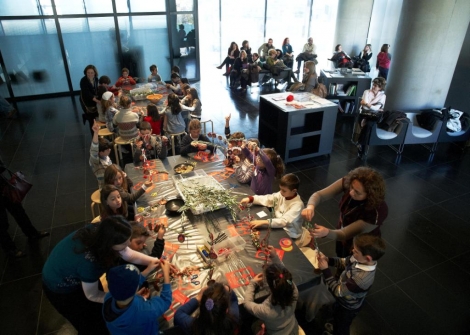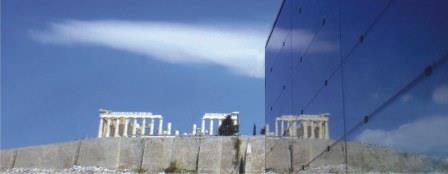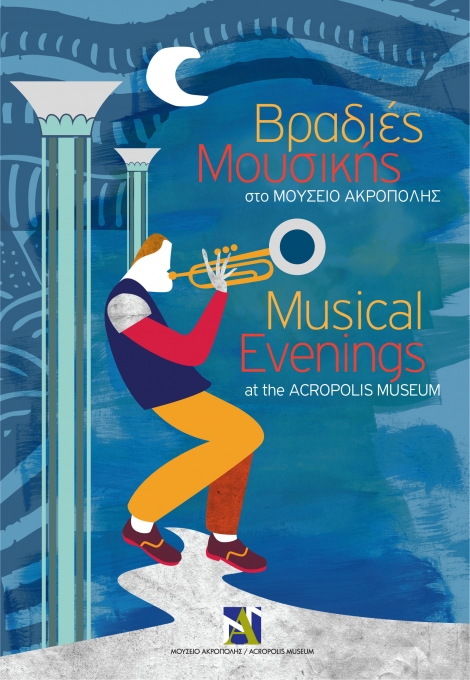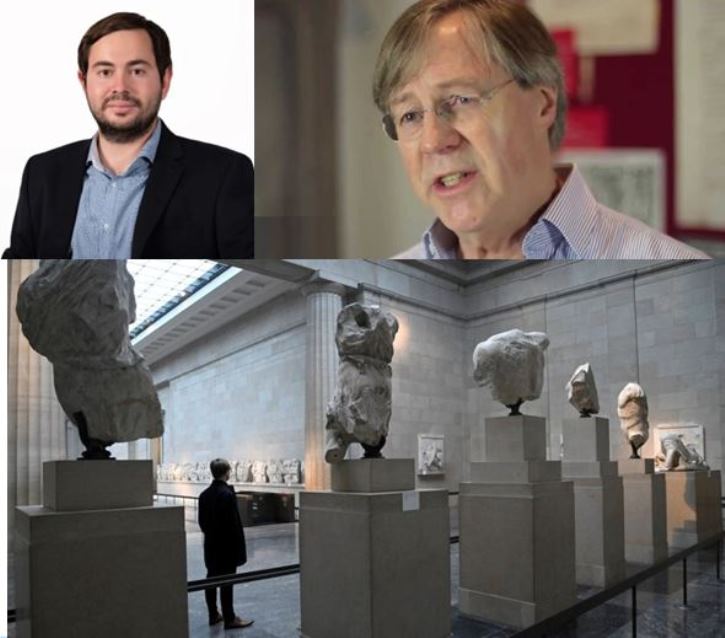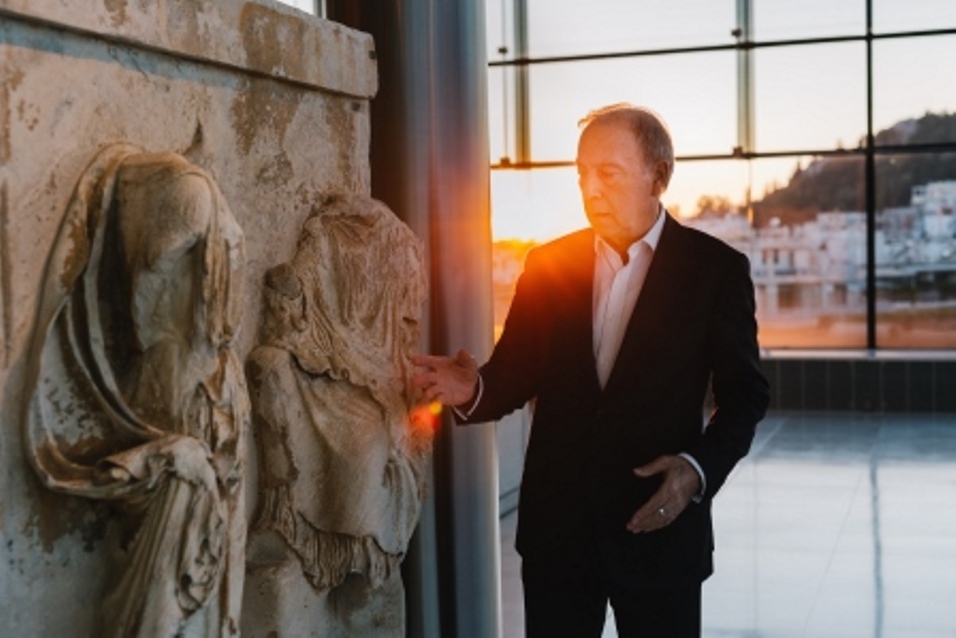16 October 2013, Room P4B001, European Parliament, Brussels, Belgium
Tom Flynn's presentation at yesterdays Round Table at the European Parliament in Brussels.
The round table was organised by The Swiss Committee for the Reunification of the Parthenon Marbles under the patronage of the Ministry of Culture of the Hellenic Republic and MEP Rodi Kratsa, Vice-President European Parliament 2007-2012.
The Parthenon Marbles — A European Concern
Ladies and gentlemen, colleagues, distinguished members of the European Parliament. Let me begin by thanking Professor Sidjanski for the kind invitation to contribute to today's Round Table. It is a pleasure and an honour to be with you in Brussels.
What can we say about the case for reunifying the Parthenon Marbles that has not been said a thousand times before? What more can we add to the numerous persuasive arguments already made for reuniting the dismembered components of Phidias's finest achievement? How many more times must we convene to reiterate the importance of restoring coherence to a work of art whose desecration at the hands of Lord Elgin damaged one of Greece's greatest gifts to the world?
The answer to these questions is that there will always be more to say about the case for reunifying the Marbles. There will always be new and ever more compelling arguments for reuniting them in Athens. And until that happens our generation and future generations will continue to convene and will go on reminding the British Museum of its moral duty to restore to these objects the dignity that Lord Elgin so rudely snubbed.The story the Marbles tell, is of a cultural moment that is a precious and irreplaceable part of our birthright as Europeans and the bedrock of our democratic ideals. That story loses much of its narrative charge while its components remain dispersed across different locations.
The Parthenon Marbles are more than just a work of art. They are more than a mechanism through which to increase the footfall of cultural tourism. They are more than a means by which to impose some meaning on the randomly accumulated collections of an encyclopaedic museum.
The reason the Parthenon Marbles transcend conventional museum categorisation is that they have the potential to demonstrate that in a time of global economic turmoil and geopolitical unrest cultural objects can unite us across national boundaries and remind us of our shared humanity. I say 'potential' because there is an irrefutable logic to the proposition that a united,coherent sequence of objects that speaks with such clarity of our shared background is more likely to foster unity among nations than a fragmented series of objects that continues to symbolise disunion and cultural rupture. For this process to begin, however, the dialogue between Greece and London must rise to a higher level based on mutual trust and generosity of spirit.
The Parthenon Marbles are unquestionably important within the cultural landscape, but they have become renowned for all the wrong reasons. While they should be celebrated for representing the zenith of the Periclean building programme of fifth-century Athens, instead they are more widely recognised as the most controversial and divisive objects in world culture. They should be peacemakers but we are not allowing them to take up that peacekeeping role. Thus they have become emblematic of the wider disputes between western museums and developing nations that have become known as the 'culture wars'. While the Marbles remain immured within the Stygian gloom of the Duveen Galleries where their true significance to European art and culture is so wilfully misinterpreted and misunderstood — our attempts to build harmony in the realm of cultural heritage will be impaired. The international museum community — but more specifically the British Museum — has the power to repair that rupture. The symbolic resonance of a unifying gesture of this kind could be profound and long-lasting.
Allow me briefly to frame this within a broader context. The events that unfolded in Iraq and Afghanistan in recent years, and now in Syria, have brought unprecedented quantities of looted cultural objects onto the international art market. Many of these objects are removed from ancient sites under cover of darkness by local people seeking to scrape a meagre living for themselves and their families. Such subsistence looting destroys what archaeologists refer to as an object's 'provenience', that is the specific positional coordinates and context in which the object was located in the ground, tomb or temple site. Having been extracted, the objects and artefacts are moved up the art market food-chain, so to speak, before finally ending up in the home of wealthy collectors or museums.
Most museums now know better than to acquire objects of uncertain ownership history and the UNESCO guidelines have set down clear markers on acquisition. Moreover, thanks to the Internet and related communications technologies the world's encyclopaedic museums are now vigilantly monitored by well-informed individuals and interested parties for any hint of a problematic acquisition. The social network has become a critical filter surveying the movement of cultural heritage goods and no longer can museums acquire or display suspect objects without risking public exposure and widespread condemnation.
Nevertheless, so profound and widespread is the political turmoil ravaging the Middle East that the traffic in cultural objects is now arguably out of control. It is unlikely to improve until peace and economic stability return to the nations affected. Museums are implicated in this 'food-chain', partly as a consequence of their historical development as the repositories of cultural objects and partly because of their self-imposed obligation to continue collecting. In the last few months a major Australian museum was found to have acquired an important temple statue of Shiva that had been looted from a site in South Asia. It now seems likely that other museums were recipients of objects from the same supply chain. That said, on the other side of the equation, many museums have taken it upon themselves to return objects that have been recognised as being of specific sacred or ritual value to the source nations and communities from which they were originally expropriated during earlier times.
It is against the background of ongoing cultural upheaval that the British Museum now has an opportunity make an extraordinary gesture of reconciliation by reunifying the Parthenon Marbles. This would set an example to other museums around the world and would confirm that contrary to what many people have been led to believe, the British Museum DOES appreciate and respect the architectural significance of the Parthenon Marbles in relation to the Acropolis monument. It would be an acknowledgement that their very uniqueness justifies an amendment to the British Museum Act that has hitherto obstructed substantive progress on the issue. Our most eminent cultural heritage lawyer, Professor Norman Palmer of University College London, has pointed out that such an amendment would be perfectly achievable. This would clear the way for both parties to enter with open minds into a constructive mediation process. Instead of cleaving to an anachronistic legal instrument that will merely perpetuate the impasse, the British Museum now has an opportunity to demonstrate that Europe — and indeed the rest of the world — is unified by cultural objects, not divided by them.
Dr Tom Flynn FRICS
15 October 2013, Brussels

Cultural heritage and its symbols undoubtedly constitute the main capital of European peoples and the soul of the European Union. Respecting and restoring them is a European obligation and concern.
Rodi Kratsa MEP, European Parliament.
http://www.opendemocracy.net/ourkingdom/henry-porter/parthenon-sculptures-its-about-liberty-too
Henry Porter : "One of the reasons I am here is the late Christopher Hitchens, a good friend with whom I worked and argued for twenty years.
I disagreed with Christopher on practically everything - his belief in the innate corruption of Mother Teresa, for example, his enthusiasm for the Iraq invasion and for gun ownership in the United States.
But on the return of the Parthenon Marbles to Athens, Christopher was right, and I want to take the opportunity to salute the work he did in pressing the case for restitution. To some extent my contribution today is in memory of his stimulating company and his ability to make us all think and argue better, however crazy some of his notions. In his book, The Parthenon Marbles, he was at his most forensic, passionate and brilliantly polemical."
And indeed as Henry went onto say .... 'it's never too late'.
Coverage in the Telegraph:
http://www.telegraph.co.uk/news/worldnews/europe/Greece
